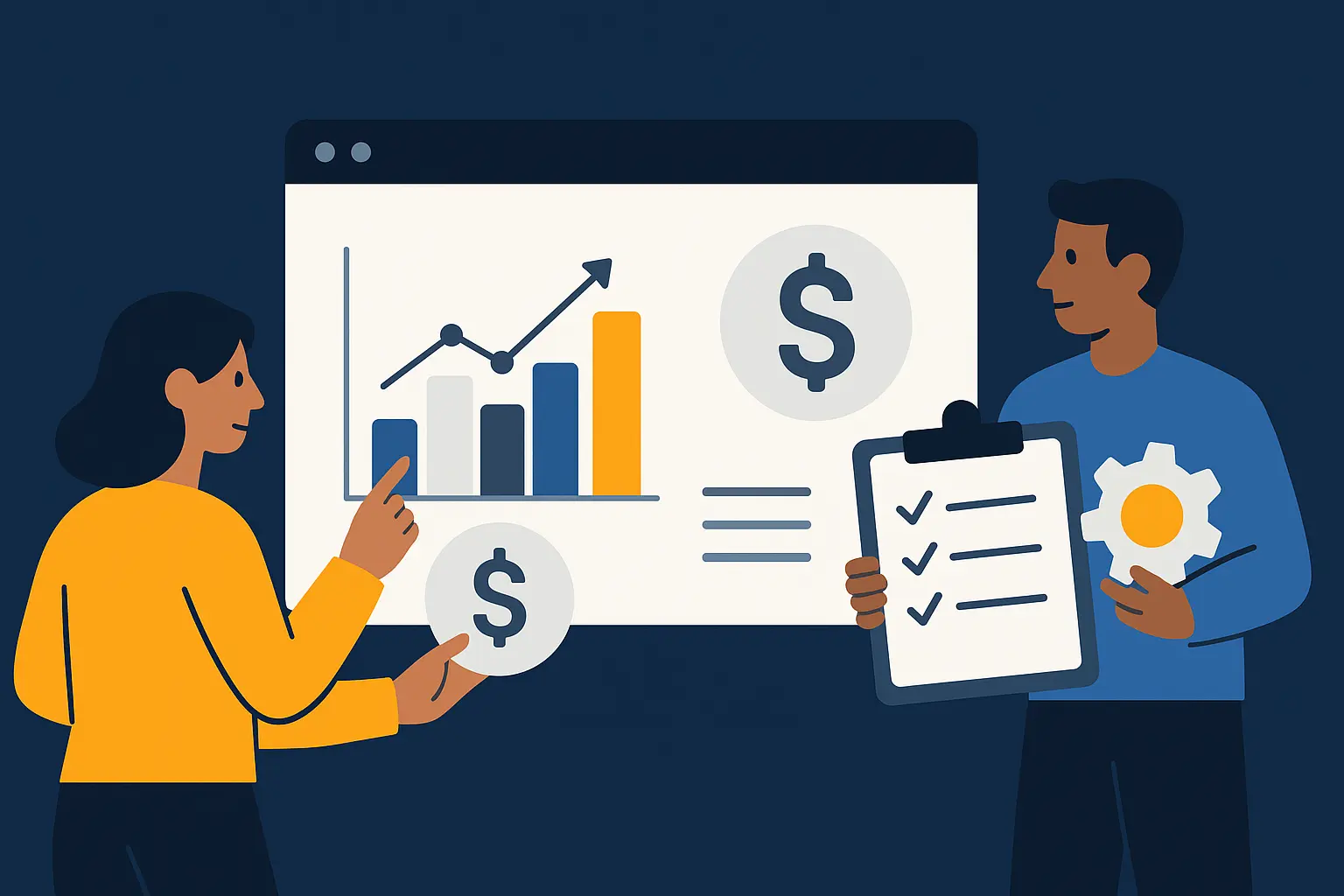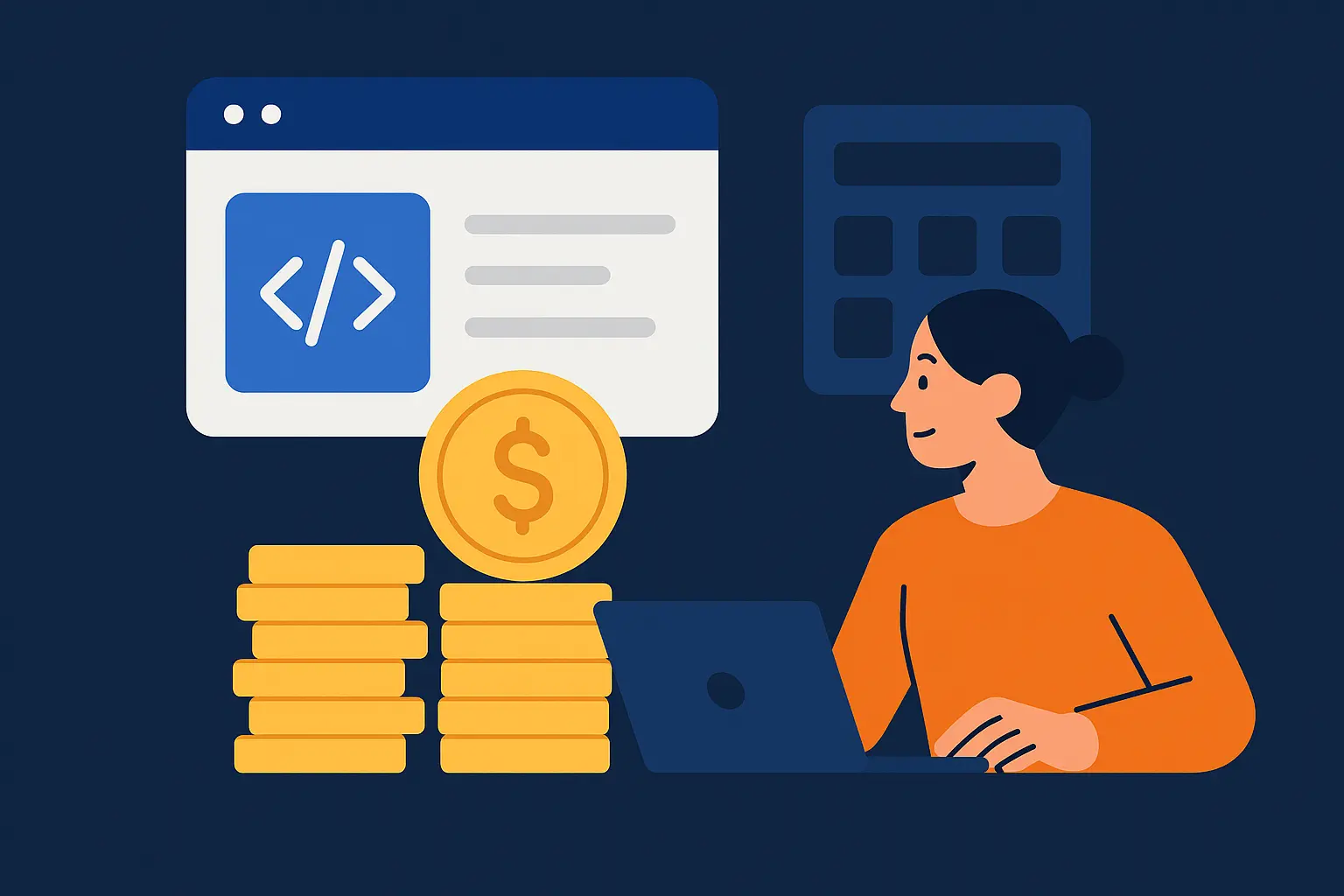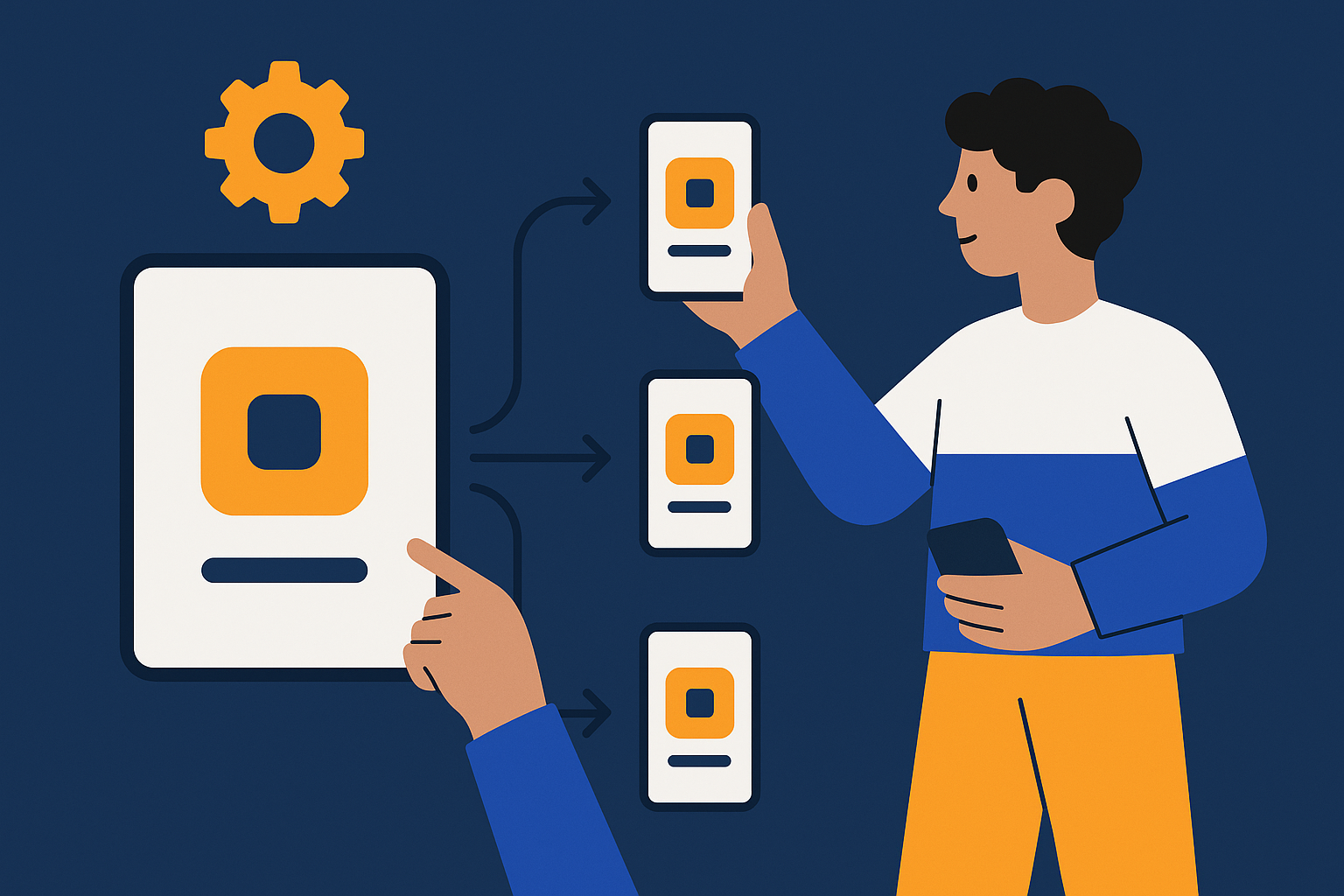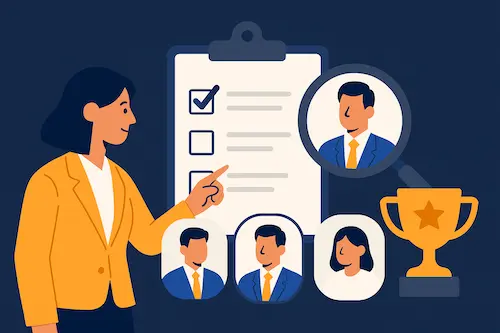Introduction
Investing in a new platform, web application, or mobile app is rarely just a line item—it’s a multi‑year commitment that impacts budgets, teams, operations, risk, and revenue. Yet many leaders still green‑light projects on headline build estimates, only to be surprised later by cloud, compliance, and maintenance spend that outpace assumptions.
At CoreLine, we help executives model the true Total Cost of Ownership (TCO) before code is written and throughout a product’s lifecycle. This article distills a pragmatic TCO framework you can take into your next steering committee: what to count, how to forecast, and where to reduce spend without sacrificing velocity or user experience. It’s written for CTOs, CFOs, product leaders, startup founders, and marketing directors evaluating a custom software initiative with a “no surprises” mindset.
Event/Performer Details
- Title: Executive Briefing—Total Cost of Ownership for Custom Web and Mobile Applications
- Performer: CoreLine Product Consulting, Engineering, and UX/UI teams
- Format: Executive read + optional 90‑minute working session for your leadership team
- Audience: CTO, CFO, CPO/Head of Product, VP Marketing/Growth, Program Management
- Outcomes: A tailored TCO model, risk register, and cost‑reduction playbook aligned to your roadmap
Why You Shouldn’t Miss It
- See a complete, board‑ready TCO picture across build, run, change, and compliance.
- Learn cost levers that preserve delivery speed while reducing waste.
- Translate UX and architecture decisions into clear financial impacts.
- Avoid “gotchas” that blow up year‑2 and year‑3 budgets.
- Benchmark realistic ranges for enterprise application development and mobile app consulting.
- Use a model that scales from MVP development services to global rollouts.
The TCO Landscape: What Really Belongs in the Model
Most initial budgets capture engineering and basic hosting. A defensible model includes four buckets across time.
-
Build (CapEx-like)
- Discovery and product consulting
- UX research, UX/UI design, design systems
- Engineering (web, iOS/Android), QA, DevOps
- Data modeling and analytics instrumentation
- Security baselining and compliance gaps
- Environments, tooling, licenses
-
Run (OpEx)
- Cloud and managed services (compute, storage, network egress, DB, CDN, search, auth, observability)
- Hosting and domain management
- 3rd-party SaaS and APIs (payments, messaging, search, AI, monitoring)
- Support and incident response (on‑call, SLAs)
- Routine patching, dependency upgrades, OS updates
- Analytics platforms, A/B testing, feature flags
- Customer support tooling and content operations
-
Change (Planned evolution)
- Roadmap features, integrations, performance work
- Design iteration and usability testing
- Release management and beta programs
- Data lifecycle work: retention, archiving, migrations
-
Risk/Compliance (Often underestimated)
- Pen tests, SAST/DAST, threat modeling
- SOC 2, ISO 27001 controls, DPA/DPoA work
- Privacy reviews, consent flows, data residency
- Vendor risk and audit trails
Tip: treat Build as Year 0–1, Run as every year, Change as scenario‑based (best/expected/stretch), and Risk/Compliance as a recurring baseline plus event‑driven spikes.
A Simple, Defensible TCO Formula
Define a 3–5 year horizon with quarterly resolution. For each quarter q:
TCO(q) = Build(q) + Run(q) + Change(q) + Risk(q)
Roll up with discounting if your finance team prefers NPV:
NPV_TCO = Σ [ TCO(q) / (1 + r)^(q/4) ]
Where r is your weighted average cost of capital (or project hurdle rate). Use three scenarios:
- Conservative: higher infra, longer cycle times, lower automation
- Expected: calibrated to current benchmarks and your team’s historical velocity
- Aggressive: leverages managed services, automation, and disciplined scope
Cost Drivers by Phase
1) Product Discovery and Inception
- Drivers: stakeholder alignment, business goals, user research depth, compliance discovery, success metrics definition.
- Savings levers: constrain MVP to 2–3 critical journeys; decide “measurements before features” (analytics first); validate with lightweight prototypes rather than code.
2) MVP Build
- Drivers: scope creep, integration complexity, test strategy, platform choice (web vs. native vs. cross‑platform), team topology.
- Savings levers: adopt a design system early; automate CI/CD from day one; prefer managed services (auth, payments, search) where acceptable; keep “nice‑to‑have” features behind feature flags.
3) Scale‑Up and Reliability
- Drivers: infrastructure architecture, SLO targets, multi‑region/data residency, observability, caching strategy, incident response

4) Continuous Change and Innovation
- Drivers: evolving customer expectations, market shifts, integrations with partners, compliance updates, performance optimization.
- Savings levers: plan incremental releases instead of big-bang launches; use A/B testing to validate changes before full rollout; maintain modular architecture to avoid costly refactors; prioritize features that directly tie to measurable business outcomes.
5) Risk and Compliance
- Drivers: regulatory frameworks (GDPR, HIPAA, PCI), contractual obligations, data residency rules, cyber-security landscape.
- Savings levers: bake in compliance checks during build; automate security scanning and logging; train staff early to reduce human error; consolidate audits to cover multiple frameworks where possible.
ROI Levers: Turning TCO Into Value
TCO is not just about cost—it’s about what the investment enables. Executives should explicitly map ROI levers to each cost phase:
- UX & Conversion: Better UX/UI reduces churn and increases adoption.
- Automation & DevOps: CI/CD pipelines, IaC, and testing automation reduce long-term engineering costs.
- Cloud FinOps: Rightsizing workloads, optimizing storage, and leveraging reserved instances reduce recurring spend.
- Customer Insights: Instrumenting analytics upfront avoids blind product bets and directs investment where it matters.
- Security as Enabler: Strong compliance posture shortens enterprise sales cycles and prevents costly breaches.
A mature TCO framework demonstrates not only the cost side but also how deliberate investments amplify ROI.

Practical Steps to Build Your TCO Model
- Frame Horizon & Scope – Define 3–5 years, include build, run, change, and risk buckets.
- Engage Finance Early – Align on NPV/discount rate assumptions and reporting cadence.
- Benchmark Inputs – Use reference data from similar projects (velocity, infra spend, license costs).
- Scenario Planning – Conservative, expected, aggressive paths with clear assumptions.
- Review Quarterly – Update the model with actuals, adjust forecasts, track ROI impact.
- Tie to Roadmap – Ensure product milestones and investment gates map back to the model.
Executive Takeaways
- A software initiative’s true cost profile extends far beyond initial build estimates.
- Board-level models must include Build, Run, Change, and Risk/Compliance.
- Cost surprises erode trust; transparent modeling builds alignment.
- ROI levers—UX, automation, FinOps, compliance—turn cost centers into growth enablers.
- A pragmatic, scenario-based TCO model ensures no surprises and supports smarter decision-making.
Ready to Model Your Next Initiative?
CoreLine helps CTOs, CFOs, and product leaders build transparent TCO models before they commit budgets. Whether you’re planning an MVP, scaling an enterprise platform, or preparing for compliance audits, our Product Consulting team delivers actionable models, benchmarks, and playbooks.
Contact us to schedule your Executive Briefing - Total Cost of Ownership for Custom Web and Mobile Applications and leave with a tailored cost model for your roadmap.



